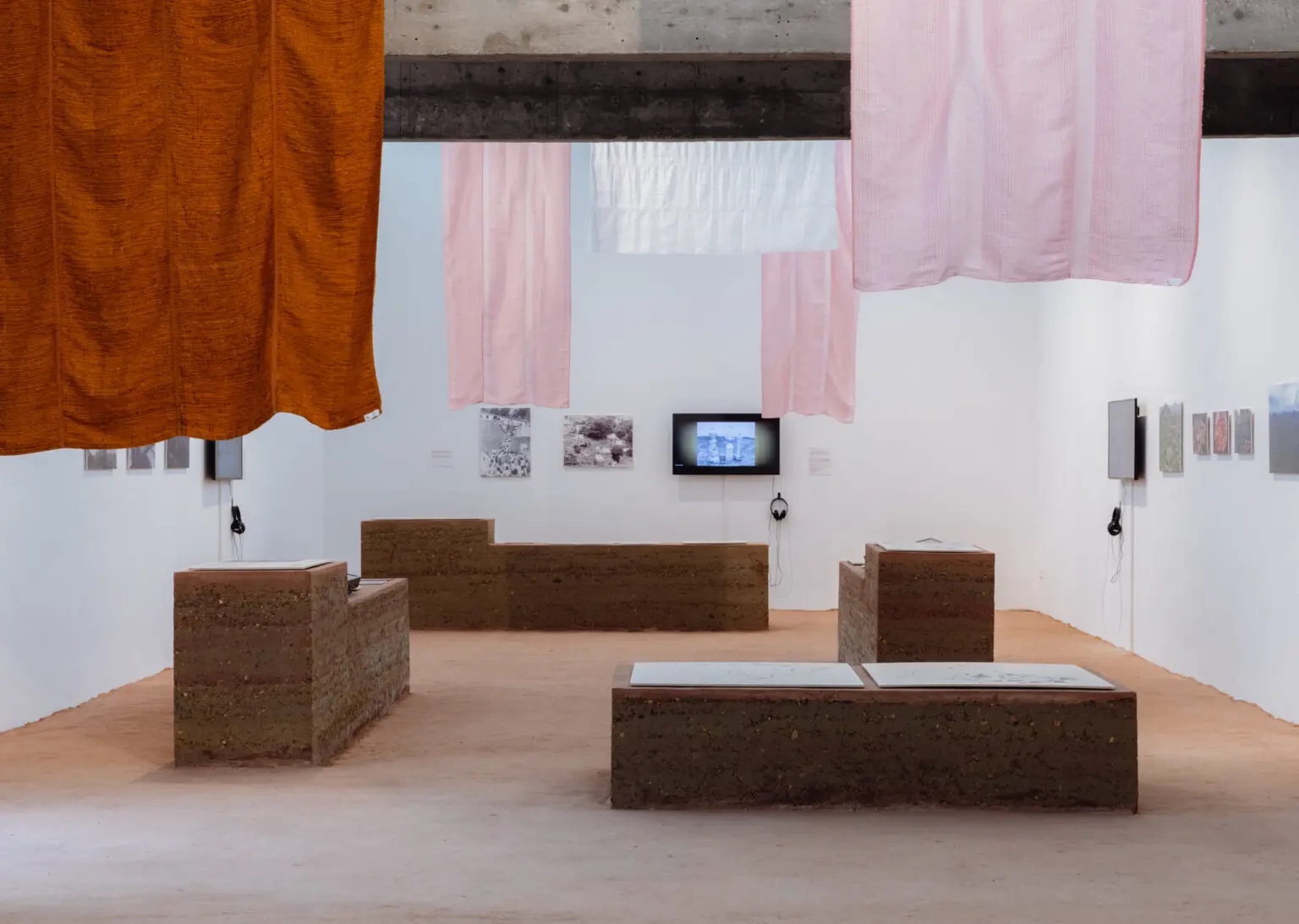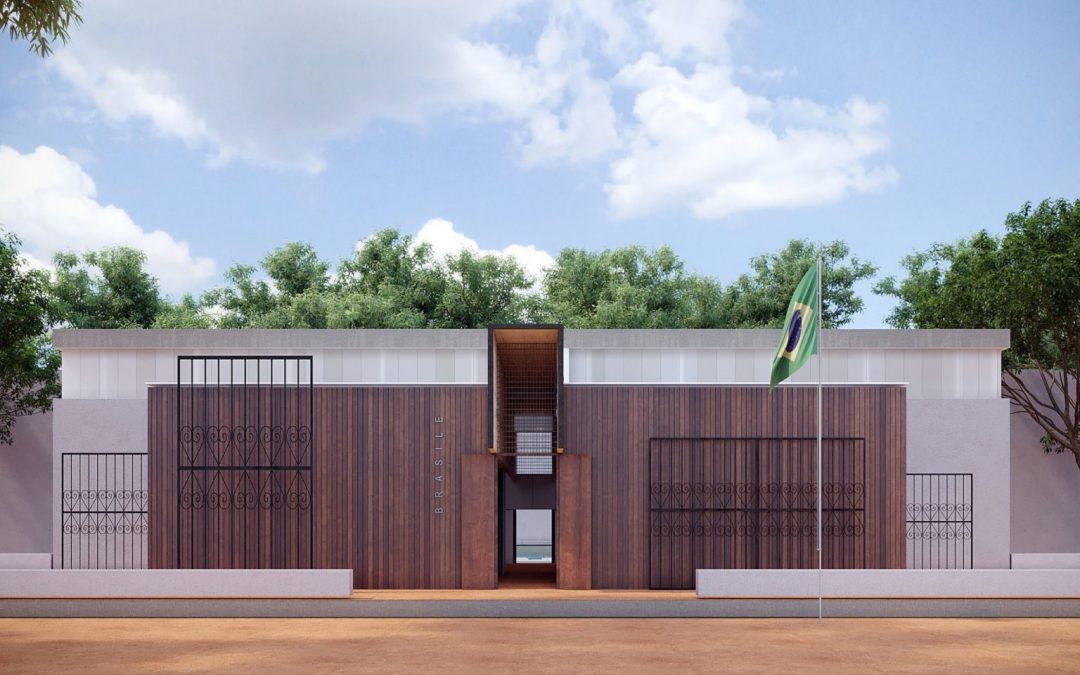Golden Lion for the Brazilian Pavilion at the Biennale Architettura 2023
Golden Lion for the Best National Participation at the 18. Biennale di Architettura in Venice for the project “Terra (Earth)”, presented at the national pavilion of Brazil by the curators Gabriela de Matos and Paulo Tavares.
“Terra” explores how the past could inform the future, with a rereading of the national identity and indigenous and black population representation.

“Terra”, 18. Mostra Internazionale di Architettura – La Biennale di Venezia, 2023
Photo by Matteo de Mayda
Courtesy La Biennale di Venezia
The installation takes into consideration the soil both as a poetic and concrete element in the exhibition space, to shape our comprehension of heritage and identity. Giving the public the possibility to be in direct contact with indigenous traditions, Quilombola dwellings and candombolé ceremonies, the entire pavilion has been filled up with soil, symbolizing ground fertilizer and territory. The binding between anthropic and natural is represented in contemporary design forms, with a continuous reference to the traditional practices of Afro-Brasilian natives. The dirt recalls also extremely material aspects of Brazilian life, like belonging, farm, plantation, and family, taking also in consideration a broader and cosmic sense of the planet.
The pavilion is divided into two parts: the first gallery, called “Decolonizzare il canone”, questions the idea of Brasilia, the capital of Brazil, built “in the middle of nowhere”, which however hides the forced diaspora of indigenous and Quilombola inhabitants.
The second gallery holds the projection of the video by Ayrson Heraclito “The Shaking of the Casa da Torre” and “The Shaking of the Maison des Esclaves in Gorèe”, filmed in 2015. This part of the installation has been entitled “Luoghi di origine, archeologie del futuro”, recalling concretely the title and theme of the Biennale, “The laboratory of the future”.

Gabriela de Matos and Paulo Tavares, curators of Brazilian Pavillon at Biennale Architettura 2023 Photo by Levi Fanan and Diego Bresani Courtesy Fundação Bienal de São Paulo
Gabriela de Matos, Afro-Brasilian architect and town planner, promotes architectural and urban culture in her country from the point of view of race and gender. The architect, researcher and writer Paulo Tavares, using more than one medium, concentrates his work on environmental justice and on architectural counter-narratives.

